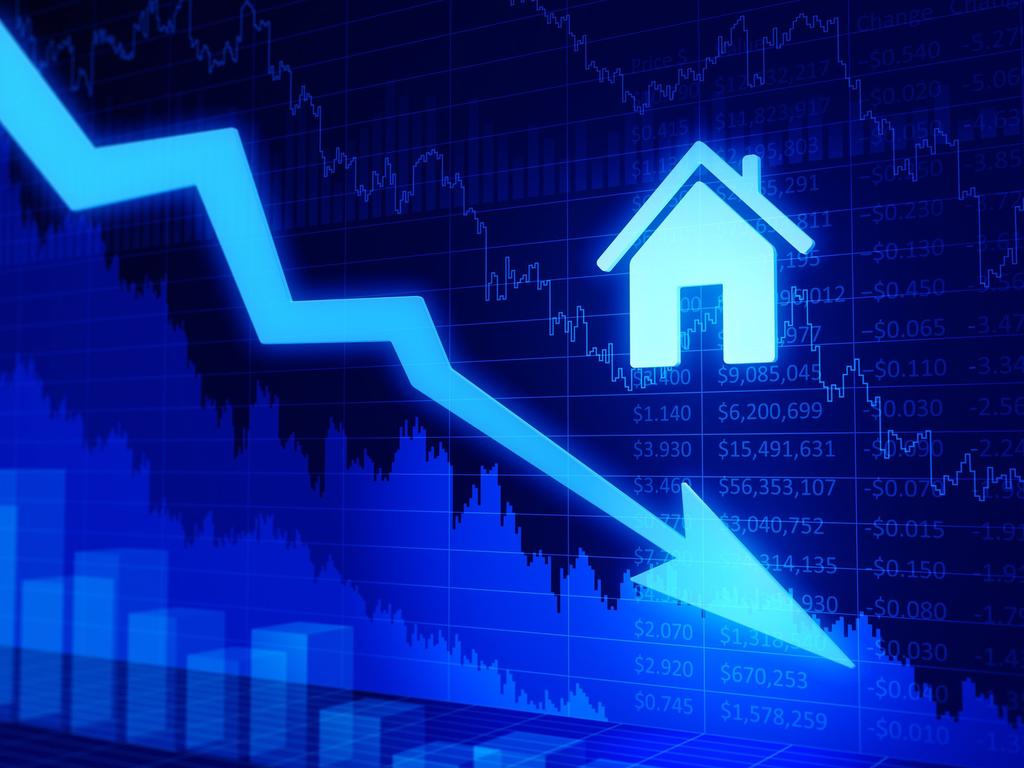Who is behind the global share rebound?
Australian retail investors rode back into the sharemarket in May but overseas the picture has been very different.

After a remarkable bounce on global sharemarkets the key question has to be: how much upside is left?
Recent sharemarket updates by analysts at Citi and Barclays, based on financial data insights provided by research agency EPFR, will surprise most of you, but also provide some important clues.
Put simply, the latest data update showed very few investors had been buying after the March 23 bottom in global equity markets.
Net funds flows into global equities have been on a sharp downtrend ever since the late 2018 conniptions, and calendar 2020 has simply continued that trend. Moreover, institutional investors including hedge funds kept on raising more cash as equities started rallying into April and May.
This raises two obvious questions:
Who has been buying into shares around the world over the past few months?
What do these institutions intend to do with all that cash now equity markets have rallied so strongly?
Declining fund flows while equities are rising is not as unusual as we all tend to think. Instinctively, it doesn’t make sense, but in practice equities can rally higher, and continue rallying higher, while more investors are withdrawing their money from equities.
It happened during the euro-crisis of 2011-12 and extended into 2013. It happened again in 2018-19.
Previously, buybacks from a growing number of US companies are believed to have made up the key difference.
This time around US companies have — for obvious reasons — stopped buying in their own shares.
So who has been buying instead?
Both Citi and Barclays point the finger at the same source: short-sellers closing out their positions.
While in Australia there is anecdotal evidence the sell-off into March has attracted many fresh and returning retail investors, the EPFR data suggest no such retail participation revival has taken place in the US.
Also, while the local exchange-traded funds industry seems to have seen a boost of fresh inflows on the back of heightened volatility, again, EPFR data reveal both active and passive money flows have declined so far this year globally.
It seems Australia has danced to its own tune after March 23. In turn, Australian indices still underperformed US benchmarks, and by quite a margin too.
After falling further than US share indices, the ASX200 had recovered by around 30 per cent at the end of May, with the S&P500 up about 36 per cent and the Nasdaq up 38 per cent over the same period.
Also, the underlying trend towards passive investing very much remains intact. Over the past 12 months, investors moved $US541bn out of active equity funds and $US327bn into passive alternatives such as ETFs.
The equally surprising, and important, observation from the EPFR-gathered insights is that in March investors globally shifted their money out of bonds, at the same time as they were selling equities.
Analysts at Citi go as far as to make the point that money flowing away from bonds is the most important narrative of March this year. Reaching a total net withdrawal of $US445bn, outflow from bond funds in March is labelled “unprecedented”.
Luckily, Citi analysts note, central banks managed to stop the rout, with inflows returning in April. Notably, high-yield bond funds recovered all their March outflows the next month.
Some level of catch-up seems logical, if not necessary. The recent universal rally in banks is likely part of this process.
Meanwhile, sharemarkets will continue asking questions of investors, including what risks are you most afraid of, and which stocks are best suited for your portfolio and strategy?
Depending on one’s personal objectives, horizon and investment strategy, the answers given in response to such questions might look a lot different between market participants.
Either way, fewer investors are keeping their money in equities, but less traditional market participants such as listed corporations and short-sellers pulling up stumps after making stellar profits are keeping this bull market for equities going for longer.
Not that investors who kept their money in the market, or those who have been buying after March 23, will complain.
Rudi Filapek-Vandyck is the editor of sharemarket research service www.finarena.com







To join the conversation, please log in. Don't have an account? Register
Join the conversation, you are commenting as Logout